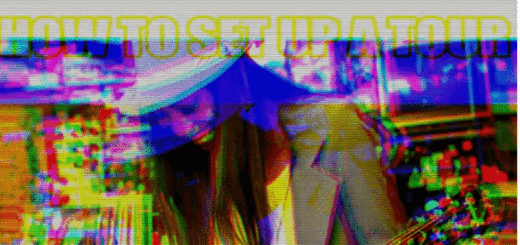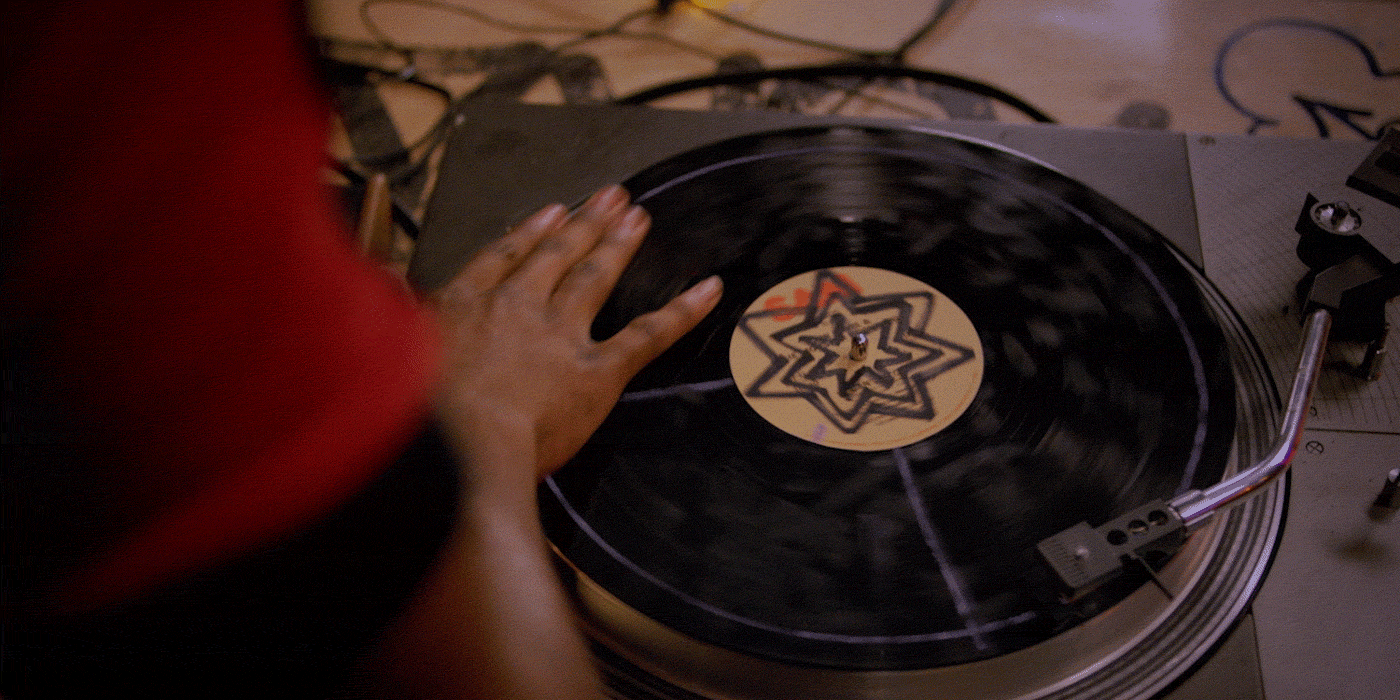Experimental music – Are Sub-genres necessary in Hip Hop?

By definition, experimental music describes any music that pushes existing genre boundaries. With that being said, the hip-hop of today can be considered experimental. Hip-Hop has been around since the early 1970s. Originating in the Bronx, New York. DJ Kool Herc, a Jamaican-American DJ is credited for throwing the very first hip-hop party in 1973. This was the start of what is now called hip-hop culture.
Shortly after, other DJs started hosting parties in an attempt to keep younger generations out of the streets and end gang violence. Block parties were born, funk music, record scratching, beatboxing, rap battling, dance, and graffiti. Some of the greatest artists came from this era.

Experimental Music: A Shift in Hip-Hop
In the early years of hip-hop, the genre was defined by boastful rhymes, rival groups, and political commentary. Today, much of that still holds true. However, what has changed is the sound of the music. As the genre grew in popularity and entered different eras around the U.S. the sound evolved continually. Today artists like Travis Scott are put in the hip-hop genre when in the 70s and 80s it’s hard to believe he would be.
Sub-genres in Hip Hop
Although there are way more subcategories like freestyle, battle rap, underground, country rap, boom-bap, and more, these mentioned probably are one of the main ones you would hear today:
Trap
Trap music mostly originated in Atlanta. It explores the trap lifestyle of mostly selling drugs, fighting poverty, and living life on a fast lane. Some of the famous trap artists are Migos, Future, Young Yeezy, Gucci Mane, and TI.
East Coast
East Coast rap originated in New York in the 1970s and is the original form of rap music. Some of the East Coast rappers are The Notorious B.I.G, Busta Rhymes, Wu-Tang Clan, DMX, and Nas.
West Coast
Artists representing the West Coast in the U.S are mostly known for rapping about partying, street life, and police brutality and mostly featuring funk samples. Famous names include 2pac, Kendrick Lamar, The Game, and Ice Cube.
Lo-Fi Rap
Sounds of Lo-Fi rap are made from instrumental samples from old skool ’80s and ’90s hip hop. The beats are more melodic and chill. Some Lo-Fi artists are Nujabes, Chester Watson, and Jinsang.
Mumble rap
Also known as Soundcloud rap, this sub-genre focuses on not rapping clearly or rhyming words in their songs. Names known for this style of rapping are Blueface, Young Thug, Lil Yachty, and Lil Uzi.
Drill
This sound first came out on the South Side of Chicago. It sounds pretty dark, aggressive, and violent. Artists like Pop Smoke and Fivio Foreign have experimented with mixing it with melodic rap and even r&b. UK Drill was generated in Brixton in London and has made names like Digga D, Headie One, and Ivorian Doll.
Latin trap
Although pretty new to the scene, it first originated in Puerto Rico. Infused with reggaeton, hip hop, and dancehall some of the biggest names are Bad Bunny and Anuel AA.
Melodic rap
Known as pop-rap it is a subgenre with more melodic sounds. Some artists known for this music style are Drake, Juice Wrld, and Post Malone.
Experimental Music: Sub-Genre Fusion
Many rap artists are mixing their sound with other genres to appear more original. However, is it necessary? More importantly, is it working? Is there a crowd for experimental sounds of hip-hop and how reliable is it? Hip Hop is not just music a genre of music. It is a culture that is filled with rich history and background. Every beat, scratch, and even dance move has a story behind it. And as fun as mixing and experimenting with music can be, are we diluting the actual originality of the genre? Then again music is a form of art and it is meant to be played and experimented with. The question is how much can we blend, infuse and collaborate before we possibly end up losing the very fundamentality of the actual genre.

Song remakes and snippets trend
Although not a subgenre, I can’t help but notice the latest trend of artists remaking older music and bringing them back to life. I agree, it is a great way to bring older music back. But how much is too much? Does recognizing a song make it more appealing and enjoyable? Samples and freestyles have always been a big part of hip hop. Covers not so much. Breathing new life into the classics is a form of experimental music too. The question is can the artist do justice to the track they are remaking? Many people called out Cardi B as being unoriginal for Bodak Yellow as it was influenced by Kodak Black’s No Flockin’. Regardless it is one of her first hits which now is certified Diamond.
A documentary out now on Hulu Look At Me: XXXTENTACION shows a very close similarity between his song Look At Me! and Drake’s KMT, with Drake being accused of actually stealing the beat.
What’s My Name, a song by Fivio Foreign and Queen Naija & Coi Leary is currently playing on rotation, a song that samples Destiny’s Child Say My Name.
The latest Jim Jones and Maino new project Lobby Boyz has a few known samples too.
I do like recognizing melodies and hearing influences from other older songs on newer projects. Is it a strategy though? Or are we running out of original ideas and sounds that have the power to shake up the world and stay here in the long run?







Recent Comments